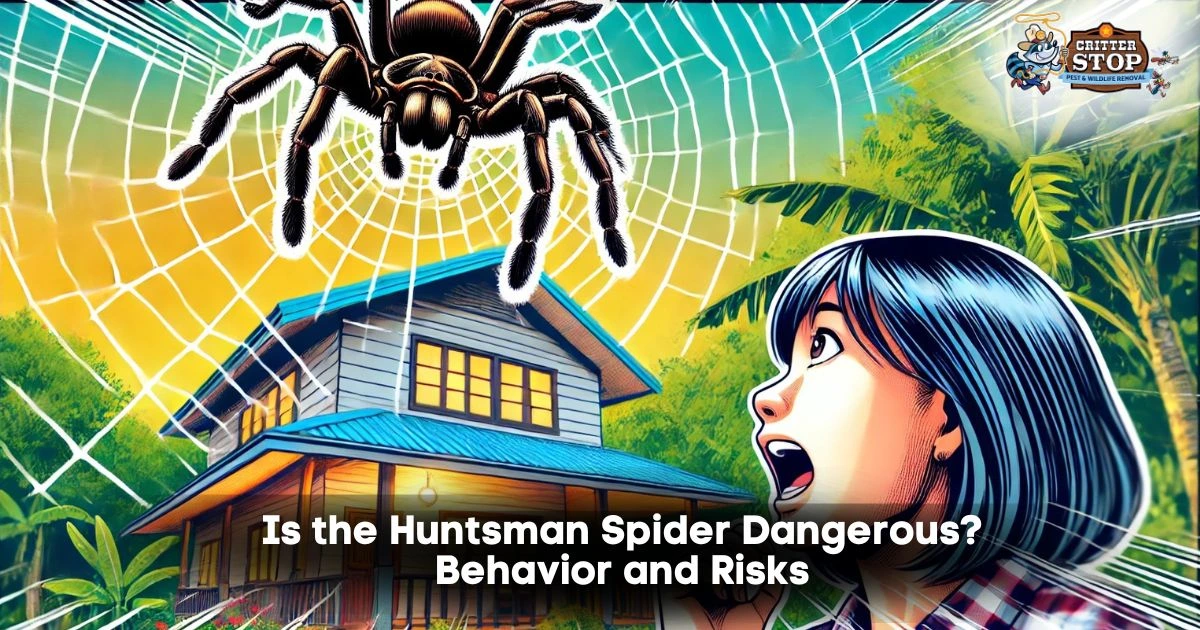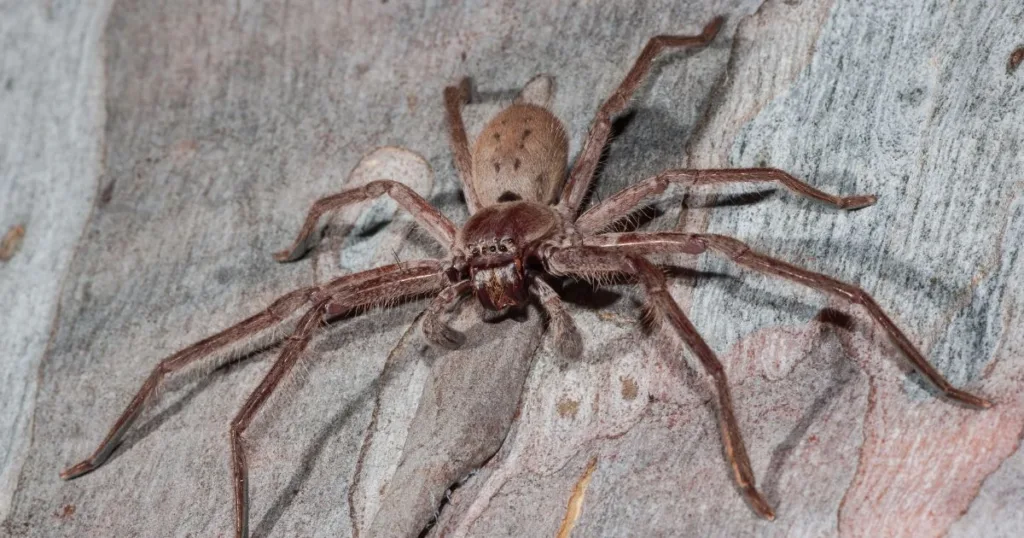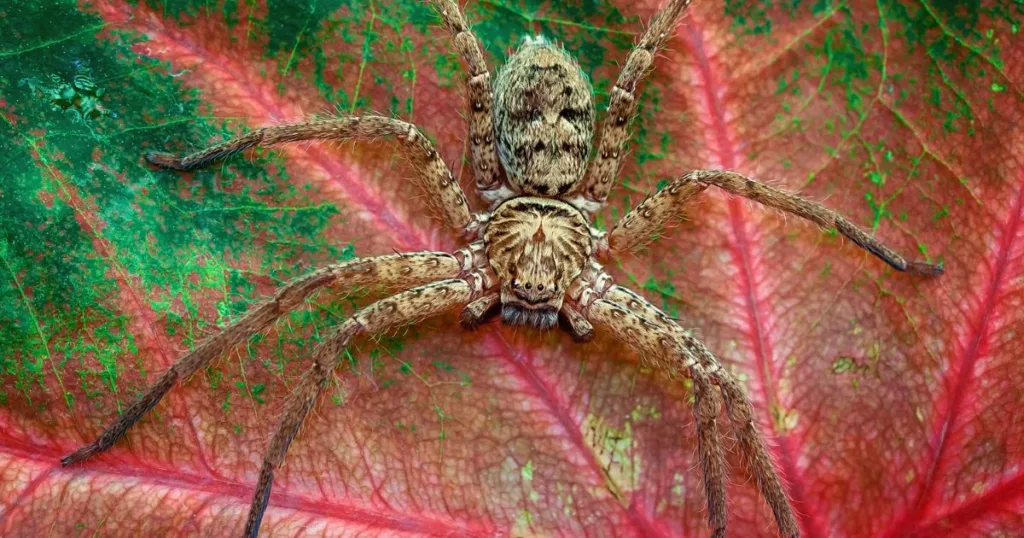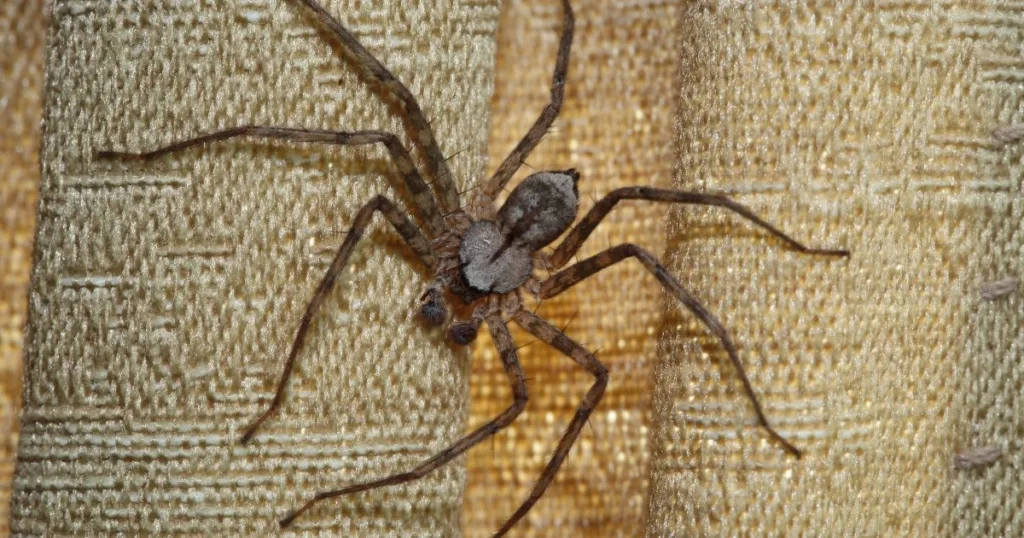
When you encounter a huntsman spider, you might wonder about its level of danger. The good news is that while huntsman spiders can be intimidating due to their size and speed, they are generally not dangerous to humans. Their bites are rarely serious and typically only cause mild symptoms, such as redness and pain at the site.
These spiders often prefer to stay hidden and are more likely to flee than attack. Understanding their behavior can help you feel more at ease if you encounter one in your home or garden. Let’s explore their characteristics, potential risks, and why you don't need to panic if you spot a huntsman spider.

The Huntsman spider is known for its distinctive size and agile movements. Exploring the species' variety, habitat, diet, and hunting techniques is essential to grasping its biology and behavior.
The American Huntsman Spider, classified as Heteropoda venatoria, is commonly found in warm regions across the United States. These spiders thrive in tropical and subtropical environments and often reside in gardens, forests, and homes.
Huntsman spiders are notable for their long legs spanning up to five inches. They typically favor flat surfaces or tree trunks, allowing them to blend into their surroundings.
This species prefers areas that provide shelter, such as under leaf litter or within tree crevices. Its ability to adapt to various environments helps it establish a presence in rural and urban settings.
Huntsman spiders are carnivorous and primarily feed on insects. Common prey includes cockroaches, crickets, and moths. Their diet also extends to other small arthropods, showcasing their role as predators in the ecosystem.
These spiders employ a unique hunting technique; they do not spin webs. Instead, they use their speed and agility to chase down prey. They rely on their excellent eyesight and quick reflexes to catch insects in a surprise attack.
Once they capture their prey, Huntsman spiders inject venom into it with their fangs, immobilizing it. This method allows them to secure a meal efficiently, contributing to their survival in various habitats.

Understanding the health implications of huntsman spiders is essential. While they are not considered dangerous to humans, knowing their toxicity and how to avoid harmful interactions is crucial.
Huntsman spiders are not poisonous. Their bites rarely cause harm, causing mild symptoms like local pain, swelling, or redness. Severe reactions are uncommon but can occur, particularly in individuals with allergies. If bitten, you may experience discomfort similar to a bee sting.
The huntsman spider is more of a nuisance than a threat. These spiders tend to avoid human contact and will only bite when provoked. Being cautious around these spiders can reduce the risk of a bite. If you encounter one, it's best to leave it alone or gently relocate it outdoors.
To prevent unwanted encounters, keep your living spaces clean and clutter-free. Sealing cracks and gaps in walls can discourage huntsman spider entry. If you spot one, consider using a vacuum or a glass to trap and safely release it outside.
If you are bitten, wash the area with soap and water and apply a cold compress to minimize swelling. Over-the-counter pain relief can help manage discomfort. If symptoms worsen or you experience severe reactions, seek medical attention promptly to ensure safety.
For any wildlife or pest concerns, including huntsman spiders, consider contacting Critter Stop at (214) 234-2616. They offer professional humane wildlife removal and have an excellent reputation for quality work and customer service.

This section addresses common inquiries regarding the huntsman spider's safety implications for humans, canines, and felines, as well as pain levels associated with bites and their distribution in the United States.
Huntsman spiders are not inherently dangerous to humans. While their bites can be painful, they are not fatal and typically result in mild symptoms. Most encounters can be avoided, and these spiders do not seek confrontation.
A huntsman spider bite may cause slight irritation or discomfort to dogs, but is not usually serious. Symptoms may include mild swelling or redness at the bite site. Severe reactions are rare, and most dogs recover quickly without significant treatment.
Cats can experience irritation from a huntsman spider bite, similar to dogs. While it's not common for bites to cause severe issues, you should monitor for signs of distress. If your cat shows unusual symptoms, consult a veterinarian for appropriate care.
A bite from a huntsman spider can be painful, resulting in localized pain and swelling. The pain typically resolves within a few hours to a couple of days. Serious complications are rare, and the discomfort is manageable for most individuals.
Huntsman spiders are primarily found in warmer regions across the globe. In the United States, you may encounter them in the southeastern states. They are not commonly seen in the northern parts, preferring climates that support their activity and prey.
Visit our Critter Library and learn more about our furry friends